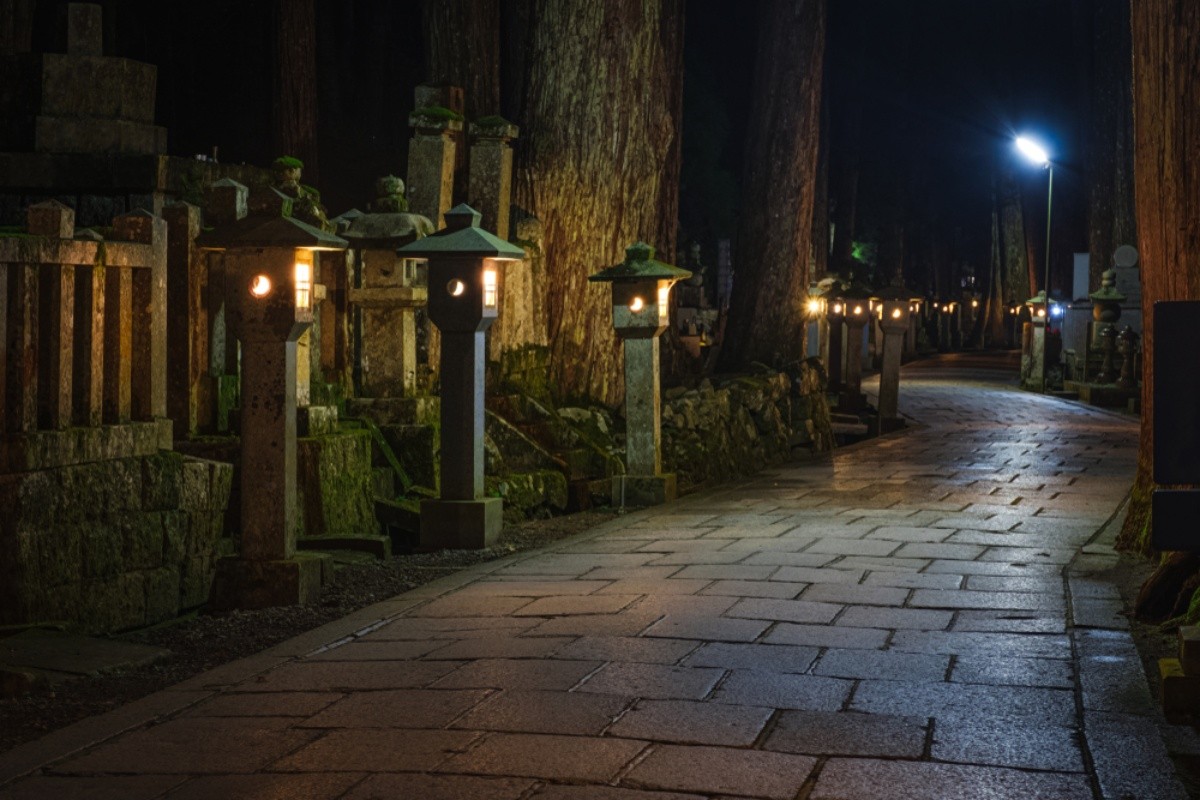
Let's ask you bluntly... have you ever seen a "ghost"? Even those who have never actually seen one, there may be people who have seen "ghosts" (幽霊 / Yurei) depicted in Japanese TV dramas and movies.
By the way, it is probably not well known to most people that there is a "Ghost Day" (幽霊の日 / Yurei no Hi) in Japan. In this article, let's introduce how such "Ghost Day" was established, along with the unknown aspects of Japanese ghosts that are not just scary.
What is a "ghost" in Japan? Typical appearance
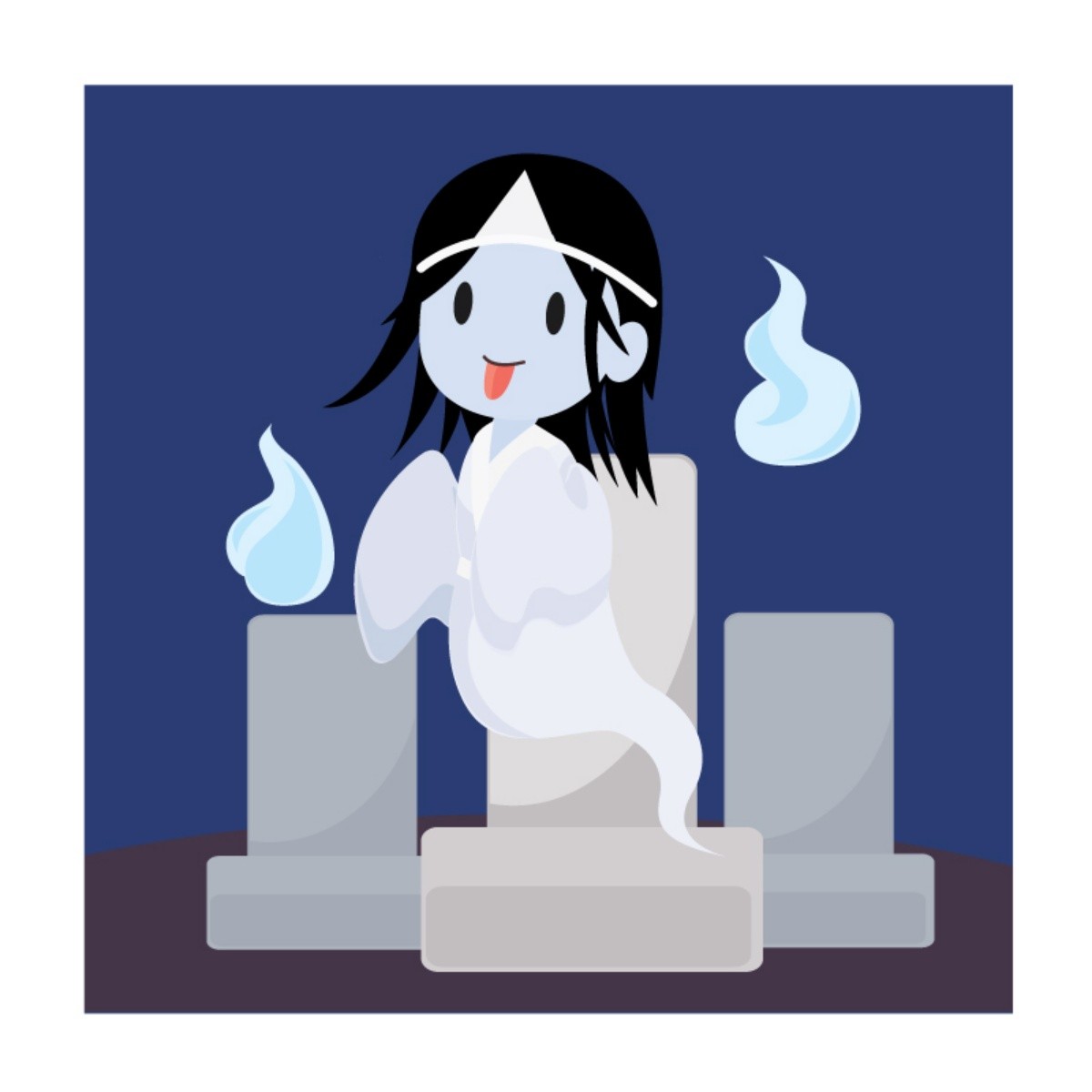
When Japanese people hear the word "ghost", many of them imagine the following:
- A woman with disheveled long hair, dressed in a white kimono
- No feet under the hem of the kimono, and a white headband-like object with a triangular part on the forehead (called a "天冠" - 'Tenkan') wrapped around the head
- Appearing with a blue fireball, along with the sound of a flute echoing from nowhere, from the shadow of a willow tree along the river, or from behind the tombstones lined up on the temple grounds
- Both arms are thrust forward, whispering "Urameshiya~" (resentment) while drooping the wrists
The stereotypical "ghost" or "yurei" in Japan is depicted in this way.
The Origin of "Ghost Day"
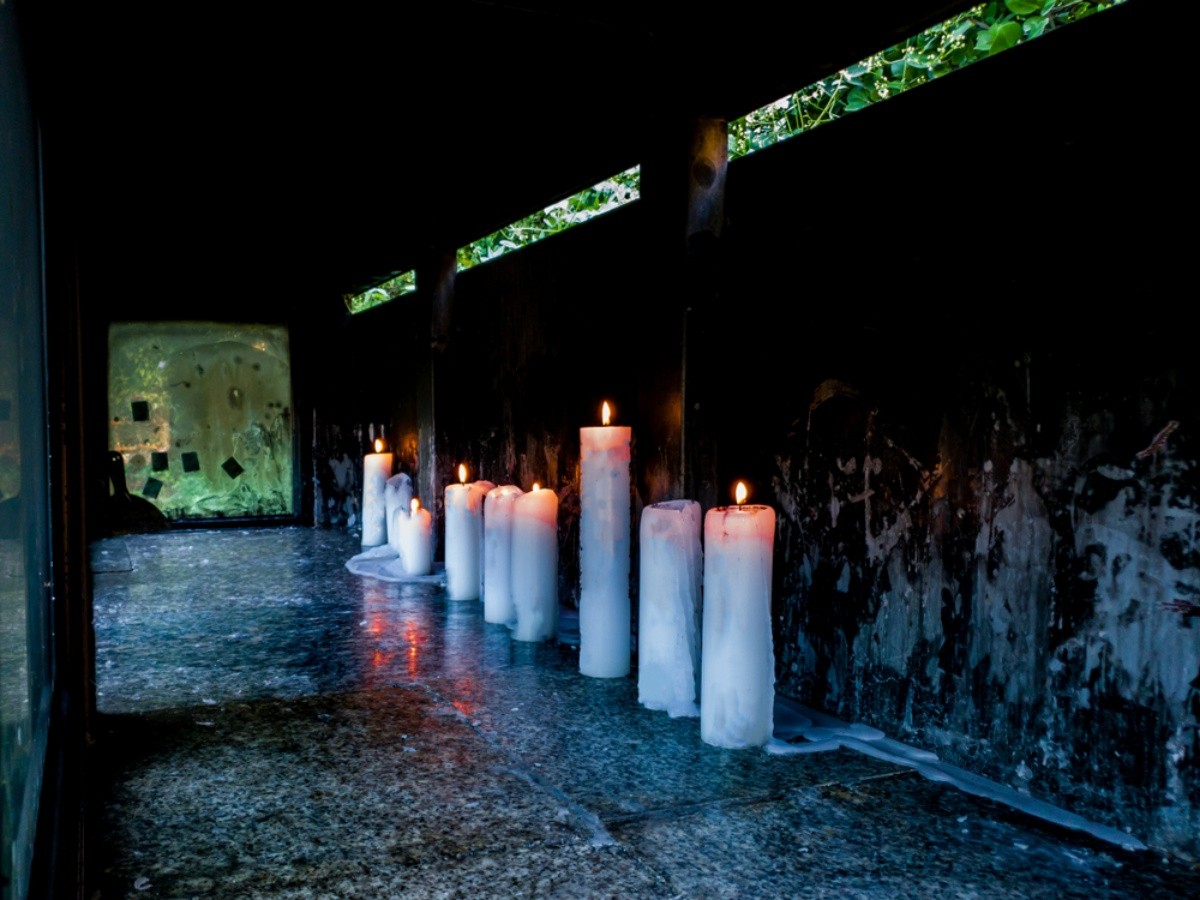
In Japan, "Ghost Day" is set on July 26th. It is said that the establishment of this day is deeply related to a certain "ghost story". What kind of story is this ghost story?
Why is "Ghost Day" on July 26th?: "Tokaido Yotsuya Kaidan" and Ghosts
In fact, about 200 years ago, on this day in 1825, it is said that the kabuki play "Tokaido Yotsuya Kaidan" (Tokaido Yotsuya Ghost Story) by the fourth generation Tsuruya Nanboku was first performed, and this became the origin of July 26th being "Ghost Day". This is because in this ghost story, the "ghost" holds the key to the story. Let's introduce the synopsis of this story from Kabuki on the web "Tokaido Yotsuya Ghost Story" here.
Synopsis of Tokaido Yotsuya Ghost Story
Yotsuya Samon had two beautiful daughters named Oiwa and Osode. Oiwa became the common-law wife of Minoya Iemon, living in the same household. However, this Iemon killed Samon who tried to take Oiwa back. Oiwa married Iemon without knowing that he is the murderer of her father. However, Iemon, who was fed up with Oiwa's poor life and incompatible personality, eventually betrayed Oiwa and accepts a marriage proposal from the granddaughter of the neighboring house. When Oiwa drinks the poison delivered from this house, her face changed ugly, and she learned that she has been betrayed by Iemon. After Oiwa dies a tragic death, Iemon, mistaken his bride from the neighboring house for Oiwa, ends up killing the bride with his own hand. Lost everything, Iemon was haunted by Oiwa's ghost night after night. Iemon, who had committed evil deeds and escaped, was eventually killed by Yomo Shichi (a person who was once tied to Osode), and it is said that Oiwa's grudge is cleared.
Places associated with "Yotsuya Kaidan" still remaining in Tokyo
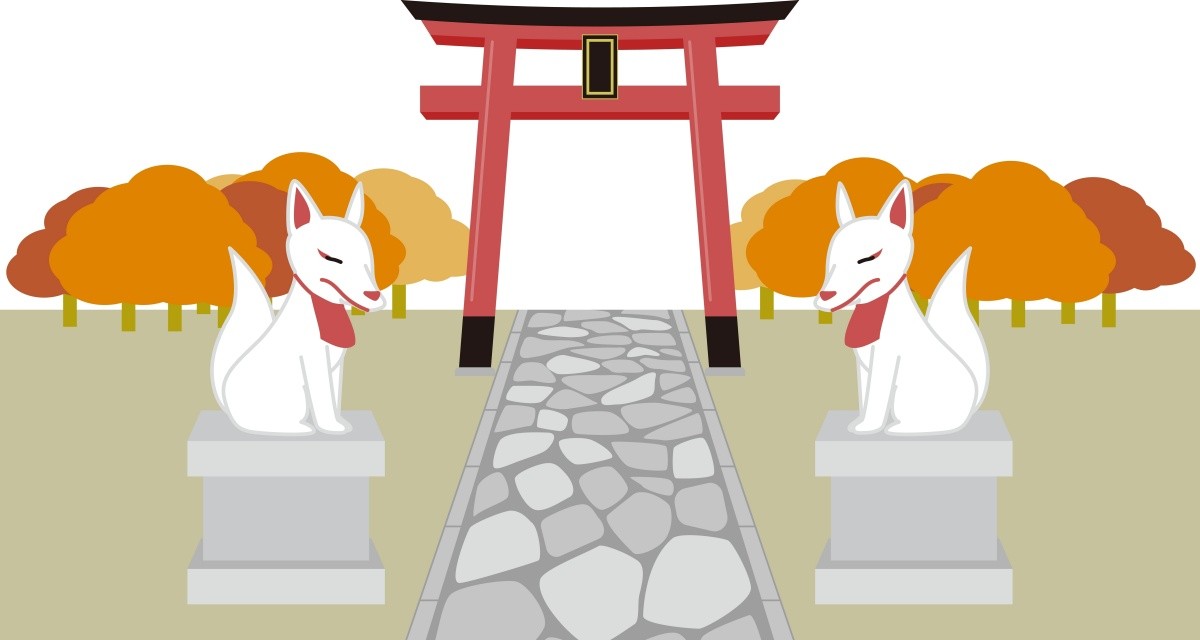
Incidentally, even now, there are several temples and shrines in Tokyo that are referred to as "Oiwa Inari", which enshrine the character "Oiwa-san" introduced earlier. For example, in Samoncho, Shinjuku Ward, it is known that "Oiwa Inari Tamiya Shrine" and "Oiwa Inari Youunji Temple" are located on both sides of the road. Among them, in the main hall of Youunji Temple, there is a wooden statue of "Oiwa-sama", and there is also a well associated with "Oiwa-sama" in the precincts. Also, when Kabuki is performed, it is said that "actors and related people always visit to pray for safety and success". In addition, there is also an "Oiwa Inari Tamiya Shrine" in Shinkawa, Chuo Ward, and this shrine is said to have been established on this land, which is "conveniently close to the theater, at the beginning of the Meiji era, in response to the wishes of Kabuki actors and admirers".
Events related to ghosts: "Ghost paintings" handed down in Shimonoseki City, Yamaguchi Prefecture
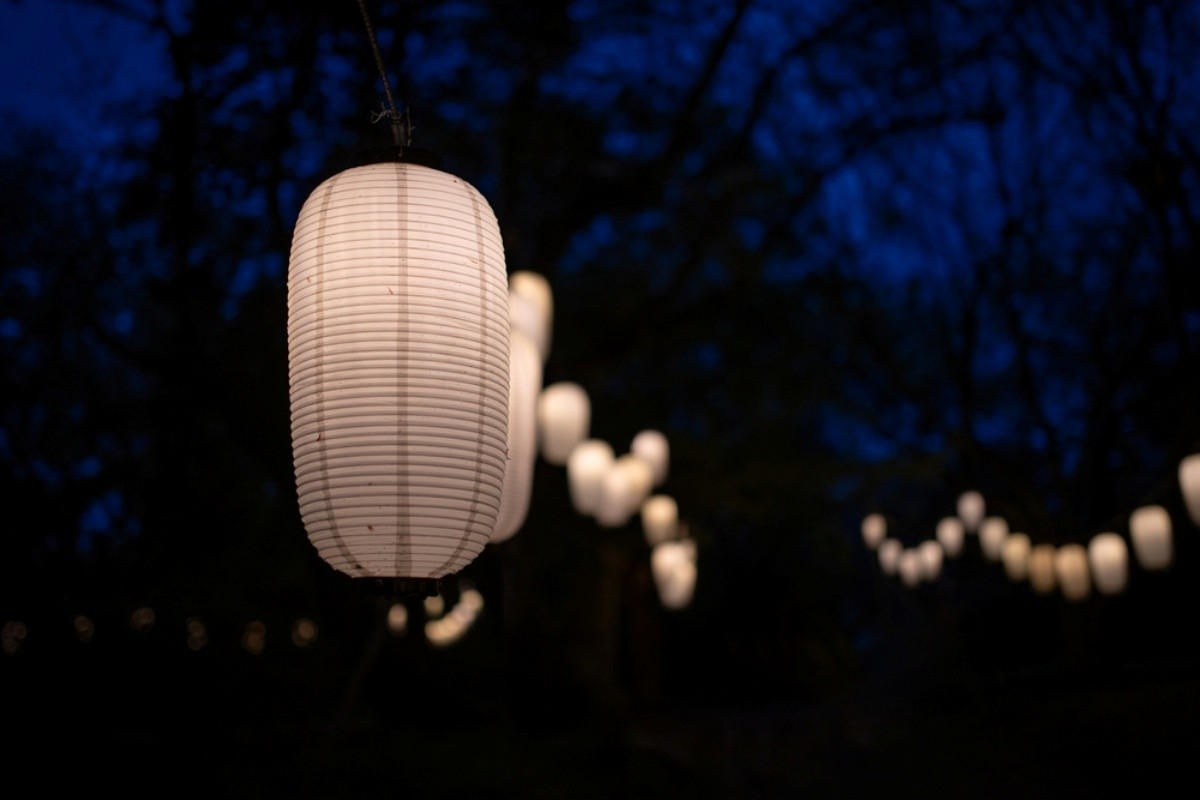
No event information was found for July 26th, "Ghost Day". However, we did find information about a "Ghost Festival" (幽霊まつり - Yurei Matsuri) being held at a temple, which is related to "ghosts".
This "Ghost Festival" is an annual event held on July 17th at Eifukuji Temple in Shimonoseki, Yamaguchi Prefecture. At this event, a "ghost painting" that is passed down in the temple is "unveiled once a year". This "ghost painting" is said to be a "kind-hearted ghost painting" that was drawn by the temple's priest when the ghost of a young girl who died worrying about her estranged parents appeared at his bedside asking him to admonish her parents. It is also said that "if you are exposed to the smoke of the incense burned in front of the hall, you can live without illness or disaster".
Ghost Stories That Aren't Just Scary: Child-rearing Ghosts

As we have seen so far, even in episodes grouped under the same "ghost" story, there are not only "ghost" stories like "Oiwa" from "Tokaido Yotsuya Kaidan", but also stories featuring "kind-hearted ghosts" as passed down in temples in Shimonoseki City. we hope you can see that even the way "ghosts" are portrayed varies greatly.
By the way, in the text "The Chief City of the Province of the Gods" written by Lafcadio Hearn (Koizumi Yakumo), a writer known as the author of "Kaidan" who came to Japan in the Meiji era and spent his life there, there is a ghost story passed down in Matsue City,
――In a small candy shop in Matsue, there was a pale woman in a white kimono who came to buy water candy late every night. The curious shop owner followed her one night and found that she seemed to be entering a cemetery. The woman who came to the candy shop the next night didn't buy anything, she just beckoned him to come with her. When he followed her to the cemetery, the woman disappeared in front of a certain grave. When he opened the grave from where suddenly a baby's cry could be heard, inside there were the corpse of the woman who had been coming to the candy shop and a living baby. Next to the baby was a small bowl filled with water candy. It turned out that the spirit of the mother was bringing water candy and taking care of her child. (Quoted from: The Chief City of the Province of the Gods)
Hearn, who featured this episode in his text, describes it as "love being stronger than death". The tenacity of a mother, thinking of her child and wishing for their healthy growth, penetrates even her death. It could be said that this is a heartwarming episode, rather than one of mystery or fear.
Such stories of "child-rearing ghosts/candy-buying ghosts" are not limited to the Matsue story introduced by Hearn, similar episodes are told all over the country. In fact, at "Minatoya Child-Rearing Ghost Candy Main Store" located in Higashiyama Ward, Kyoto City, "Child-Rearing Ghost Candy" inspired by such folklore is still sold today. If you visit Kyoto for sightseeing, it might be nice to visit this store while thinking about the ghost mother.
In conclusion: Things to be more careful about than ghosts

So far, we have been delivering topics about "Ghost Day", a commemorative day in Japan, the ghost stories that originated from it, and events related to ghosts.
In Japan, when the summer season comes, there are people who go to cemeteries, ruins, or places called "haunted spots" to "test their courage". Some of you may be interested in this courage test. However, what I want you to be careful about is not to go to places where you should not step in from the viewpoint of law and physical safety. Trespassing on private land without the permission of the landowner is an act that can be punished by law. Not only that, visiting dark places where you can't see around, narrow places, or places that haven't been maintained for a long time is an act that exposes yourself to danger physically, before even considering paranormal phenomena.
While we can understand the feeling of wanting to see something scary, let's avoid actions that cause trouble to others and put ourselves in danger, and strive to act responsibly.
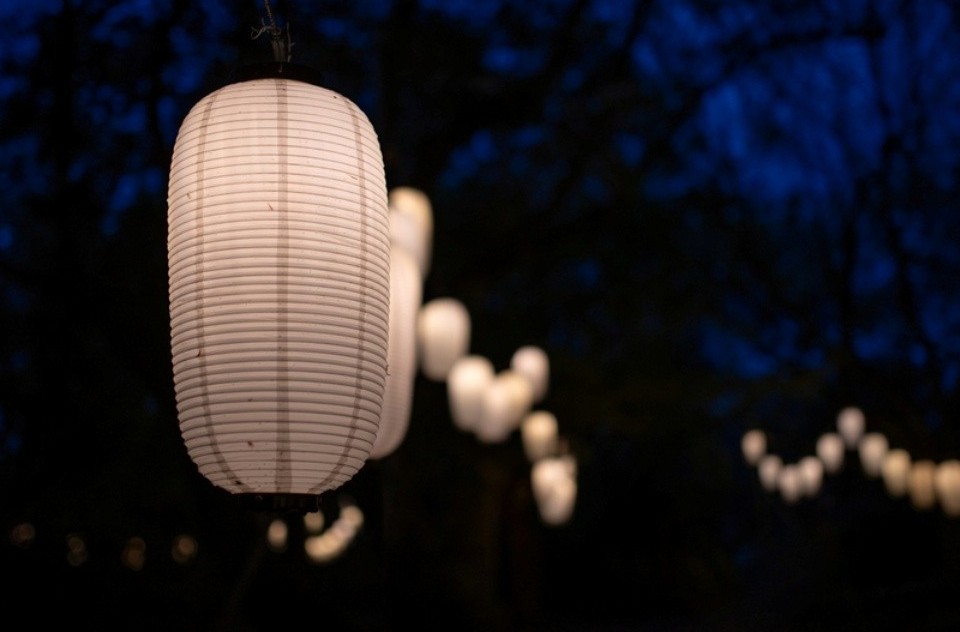
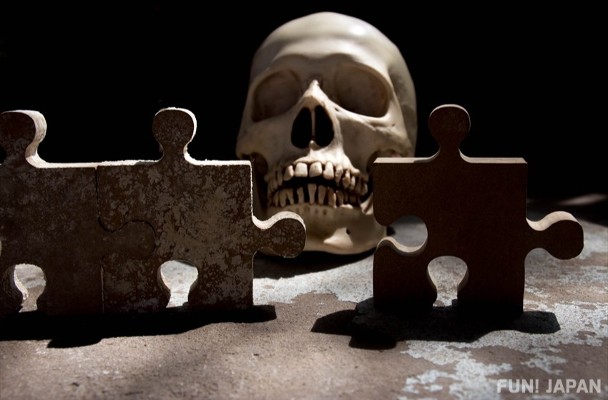
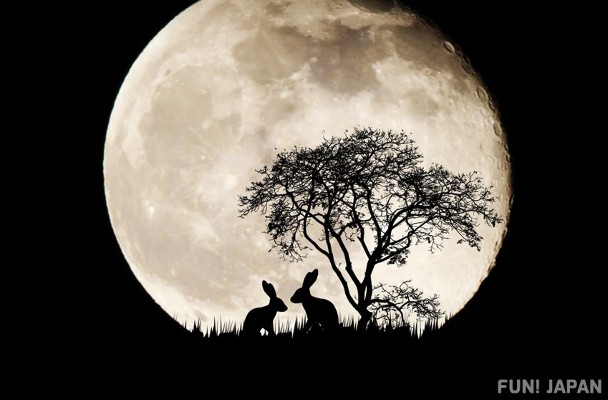
Comments